Interview with Moose Peterson - Legendary Wildlife Photographer!
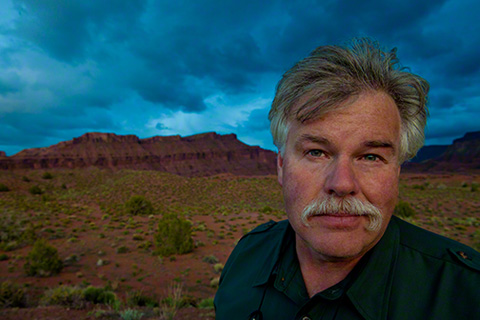
1. Hi Moose, at the beginning of your photographic career a professional photographer said that you, who are now a Nikon Legend Behind the Lens, would never be a good wildlife photographer! I think he's eating his words but your situation isn't unique - Elvis Presley was told by a talent scout that he should find another career - what do you think the message is here?
Ah, the message is listen to your heart and keep putting your right foot in front of your left foot. If you can imagine the impossible then it is very possible!
2. People like to talk about 'lucky breaks' but I think it's more hard work and passion that leads to a breakthrough to becoming a professional photographer. When was your breakthrough?
To be really honest, I still don't think I've had that fabled breakthrough. You are very right about hard work and passion which creates the lucky breaks.
But I don't ever see that "break" coming my way since I'm always pushing the envelope and kind of a bull in a china shop.
I guess you could say I'm always working towards that breakthrough with the knowledge it may never come.
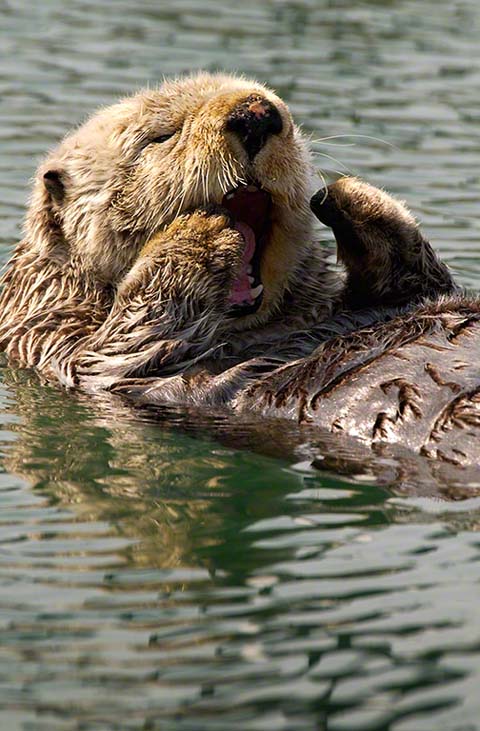
3. When my wife and I started out in wildlife photography two of your books inspired us: Nikon Guide to Wildlife Photography and Wildlife Photography - Getting Started in the Field. Have these books been updated, are they still in print and are they still relevant in the digital age?
They have not been updated and there is no plans to but everything is relevant to wildlife photography, format doesn't matter.
Conventional or digital, Nikon or Canon, Mac or PC, photography is photography.
4. I was reading your latest book Captured, Lessons from Behind the Lens of a Legend and I must say it is superb! It is not the normal 'how-to' book as it focuses more on the heart and mind of the photographer and shows how you have progressed. In it you list the top five mistakes pro wildlife photographers make and one of them is 'not sharing what they have learned with others'. You have nearly 3000 pages of free information on your website! I can see that you are passionate about wildlife photography and helping others - do you think that is what is missing in the photographers who do not share, do they see their craft merely as a job?
Thanks for the kind words about Captured. It was meant to be a one of a kind book. Scott Kelby had great faith I would pull this thing off, more than I did in myself, I'm very grateful to him for that.
To be fair to other photographers, sharing what you have learned isn't all that it's cracked up to be. Just look at the heat that comes my way time to time and that would be enough to scare anyone off from sharing!
If they do look at it as a mere job, then I'm not sure they really have information worth sharing though. I have a thick skin (most of the time) and have a mission, preserving the wild heritage left to us to share with future generations. That mission gets us through the tough times as well as the great times.
5. Stories make photographs come alive but most people need a series of photographs to tell their story. You have a section on your website called 'simple click' - is this where your goal is to tell a story with one photograph?
Jay Maisel inspired Simple Click and the goal of it is that it just takes a simple click to make an image, tell a story and most importantly, grab a heartstring.
I fear too many people get too caught up in all the "photographic rat race" and just don't take a moment to make that simple click.
6. The professional photography market seems to be moving away from image and book sales to photographic workshops and eBooks. Have you found this to be so with your business?
As an industry, paper is going by the wayside as a means of getting images in front of the public. To me, there is nothing finer then a good book, glass of Merlot and a fire to enjoy them by!
The business model is constantly evolving and while we evolve to beat the times, workshops and eBooks are not part of our model for success.
We do workshops as a means of sharing what it is we have learned, they are certainly not a money maker despite what some think. The only time I make money is when I'm behind the camera. The main time I am at peace is when I'm behind the camera!
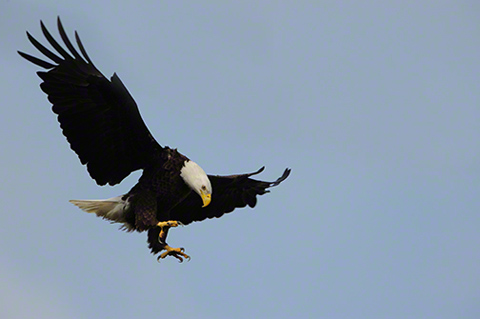
7. Let's chat about your photo workshops and classes for a minute – give us an idea of a typical day on one of your workshops or classes.
There is no typical day in a Moose workshop, that would be as boring as shit! The one thing that any photographic workshop I'm involved with would have in common is we shoot and shoot.
8. We have seen some people advertising photographic courses where they promise "All you need is one lesson and in just 20 minutes you can be taking astonishing photos like a pro". Moose, you have spent the past 30 years as a wildlife photographer - are there any short cuts to improving or becoming a pro? How important is 'time' for someone wanting to go from amateur to intermediate or intermediate to professional?
Captured is all about time and it takes time in any profession or endeavor to make it all come together. Like I say in Captured, I don't feel I've "made" it and hope I never really do. There is still lots to explore, learn and photograph.
Photographers tend to make one major mistake constantly, they don't give themselves or their photography the TIME that is required to make it first theirs, and then make it theirs to share with others.
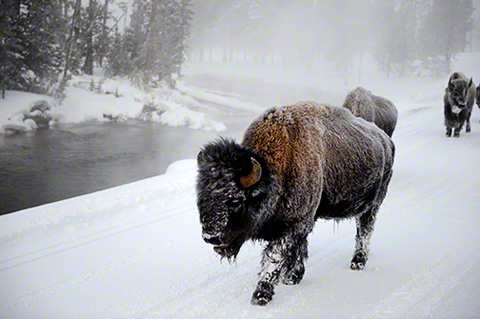
9. In your book Captured you mention that your favorite photographic location is your home as you live in the mountains surrounded by wildlife. You are truly blessed! What then would be your favorite national park or wildlife area?
I like the Arctic.
In the following B&H video, Moose Peterson provides ideas and techniques on capturing grand landscapes...
10. Many professional wildlife photographers from Europe, and even America where there is abundant wildlife species, seem drawn to Africa yet you appear most content to photograph primarily American wildlife. Would that be an accurate statement?
Yeap, have no desire to go to Africa.
What disappoints me is all the folks who go to Africa and do NOTHING with their images to change the world! What's up with that?!
11. In Africa we are able to find and photograph most animals but there are some that are extremely elusive like the serval or caracal. What animal/s have eluded you the most and were you able to eventually shoot them?
The White-tailed Hare which literally lives in my backyard. I will get that bastard this winter if it kills me!
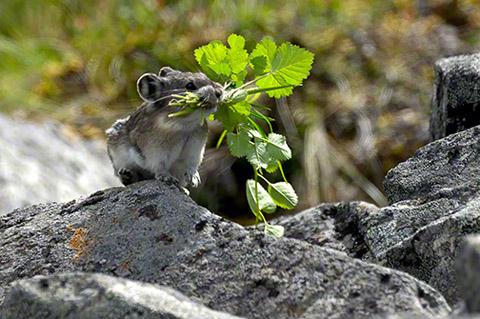
12. You only Photoshop your landscape photographs, which you shoot in RAW, but none of your JPEG wildlife images, (not even sharpening!) - why is that?
Seven extinct species live now only in my files, that's wrong! But that's the way it is so I'm recording history when I'm shooting and with that I feel comes the responsibility to record it accurately and with as little "Moose" influence as possible.
Of course, the photograph when I go click has been manipulated by light, exposure, lens and placement, that's was a photographer, craftsman should be doing but after that, it is what it is.
13. You also do not crop any of your wildlife images. Is this to show the animals in their habitat or are there other reasons?
I don't crop any image, period. I don't crop again because that's how I came up in photography. What the photo buyer saw between the borders of that cardboard mount is how you were measured as a photographer.
I take great pride in my photography, when it all comes together and scratch my head and hang it when it doesn't. Cropping is all done in the viewfinder where I feel is the only place it should be done. It doesn't mean a soul other than me has to live up to that standard, it's just mine and one that has gotten me this far.
14. Many photographers shy away from DSLRs that have a video function yet you seem to have embraced these new camera models and your web site has nearly 200 video clip tutorials and gear reviews. What do you think about video in the new DSLR cameras, such as the D3S and the D7000, and how do you see it impacting photography? Do you think that video will absorb still photography, for example photographers shooting video from which they will extract stills?
I don't want video in my DSLR but it's there and it's a tool like any other function of the camera. I have missed some great stills because I was making a clip.
But then, I've got some clips of never before seen behavior so it's a two edge sword. But I'm never afraid to try something new but will abandon it if it doesn't solve the problems I face in my photography.
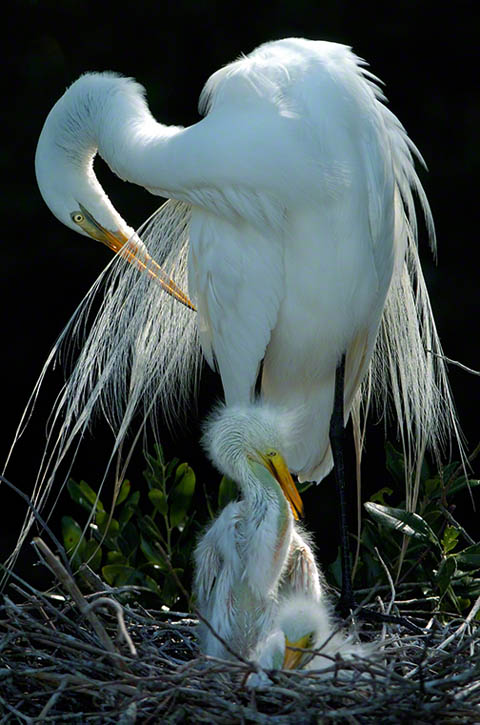
15. Photo equipment is important - both you and I like our gear - but some photographers think buying the latest body or lens will improve their photographs. Where do you think a person wanting to improve their wildlife photography should focus their time, effort and money? (you mention 'basic biology' quite often in your latest book and your BT Journal so I'm assuming this is as important as gear!)
The #1 asset photographers should invest in as far as I'm concerned is their mind, heart and time behind the camera.
Yeah, I'm typically the first with new gear and that's for many reasons. The main one is to see if it will solve a photographic problem I face.
On that list of reasons is also the pressure of getting the information out so my inbox doesn't fill with email questions.
16. How do you feel about tele-convertors as accessories? I ask this question as some photographers couldn't do without them while others stay away from them as they say that TCs degrade the image too much.
I use tele-converters a lot and for bird photography I nearly always have one on. To be honest with you, I see one helluva lot more image degradation in what folks do with their images in post processing then any piece of camera gear has ever done.
I mean really, this is photography, we're not sending a man to Mars. Even if you do screw up, the sun will still rise tomorrow so stop taking photography so seriously. It might turn out to be more fun and more successful if you do.
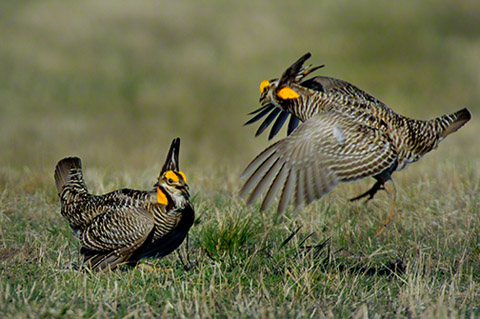
17. How important is it to follow the rules, such as rule of thirds, straight horizon etc? I ask this as some of your images don't follow these rules yet they are still good images.
Every photographer has to have something to believe in and the "rules" you mention are one of them. Personally, I arrange the elements in the frame as the mind's eye works so when I'm successful the subject smacks you right between the eyes and then the mind's eye wonders around the frame telling the rest of the story.
18. Any parting comments Moose?
I'm not special, anyone can and should do what I'm doing. We were left an incredible gift in our wild heritage and it's up to us to leave it for future generations to revel in!
Thanks Mario for this opportunity to share a little more of what it is we do!
About Moose Peterson...
A Nikon Legend Behind the Lens, Lexar Elite Photographer, recipient of the John Muir Conservation Award, Research Associate with the Endangered Species Recovery Program, published in over 130 magazines worldwide, author of 23 books and lecturing across the country to thousands upon thousands of photographers barely covers the work and goals of wildlife photographer Moose Peterson.
One of the original Nikon shooters to receive the D1 in 1999, Moose embraced this new technology becoming the only wildlife photographer in the world to shoot strictly digital in the early years.
A beta site for all the major hardware and software manufacturers, Moose continues his main goal of photographing the life history of North America‘s endangered wildlife and wildplaces using the latest tools.
A creative innovator of new techniques both behind the camera and the computer is the driving force behind his photography and goals.
Moose was also included on a list of the 40 Most Famous Wildlife Photographers in the World on the LensesPro website.
Please visit Moose Peterson Wildlife Photography website to view more of Moose's superb images and to view his many videos.
All Images on this page Copyright 2023 B. Moose Peterson/WRP, All Rights Reserved. Wildlife Research Photography.
Return from Moose Peterson to Interviews page
To make a safari rental booking in South Africa, Botswana or Namibia click here
"It's 764 pages of the most amazing information. It consists of, well, everything really. Photography info...area info...hidden roads..special places....what they have seen almost road by road. Where to stay just outside the Park...camp information. It takes quite a lot to impress me but I really feel that this book, which was 7 years in the making, is exceptional." - Janey Coetzee, South Africa
"Your time and money are valuable and the information in this Etosha eBook will help you save both."
-Don Stilton, Florida, USA
"As a photographer and someone who has visited and taken photographs in the Pilanesberg National Park, I can safely say that with the knowledge gained from this eBook, your experiences and photographs will be much more memorable."
-Alastair Stewart, BC, Canada
"This eBook will be extremely useful for a wide spectrum of photography enthusiasts, from beginners to even professional photographers."
- Tobie Oosthuizen, Pretoria, South Africa
Photo Safaris on a Private Vehicle - just You, the guide & the animals!
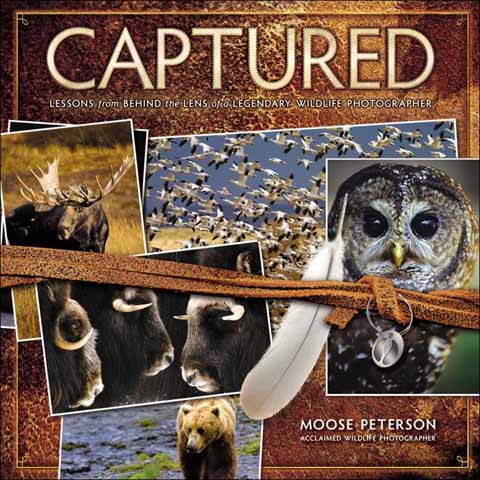













New! Comments
Have your say about what you just read! Please leave us a comment in the box below.